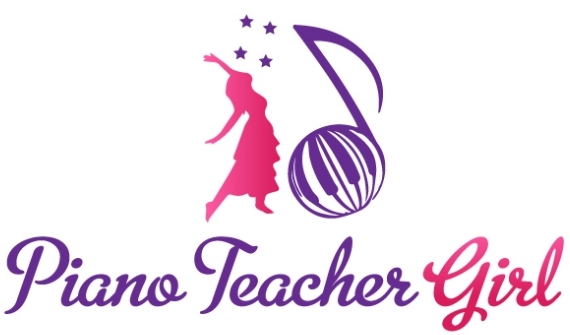This is a great question! And one that I think parents of students are interested in knowing. In this very achievement-oriented society that we live in, it’s understandable to want to know how much a student could learn in the first three months of lessons. To be fair though, a student’s marker of accomplishments for music lessons is a very nuanced exercise. During the first three months, it is crucial for a student to develop good practice habits as this will create the foundation from which the rest of their learning experience will rely upon. But beyond developing good practice habits, there are a few identifiable aspects of music that they can expect to learn during the first three months of music lessons.
Navigating the Keyboard
Students will learn all about the keyboard and how the groups of black keys are arranged with the white keys. They’ll learn about how to make loud sounds and soft sounds, and they’ll understand the range of the notes, meaning the higher sounds come from the right hand part of the keyboard, down to the middle range sounds in the middle part of the keyboard and then down to the lower range sounds coming from the left hand part of the keyboard.
Musical Alphabet and Basic Rhythmic durations
They’ll learn about the musical alphabet (which thankfully is only 7 letters compared to the regular alphabet!) and they’ll learn where middle C is as well as all of the other names of the keys. They’re also going to learn about the basic rhythmic durations, such as the quarter note, half note, whole note and even a dotted half note. They will need to understand these as they’re the musical symbols that tell us what type of note will be played on which key.
Finger Names and Hand Placement
They’ll learn about the names of their fingers, from thumb to pinkie as “1-2-3-4-5” and knowing about this, they’ll learn about the proper way to hold their hands and work on keeping their fingers curved.
Notation Symbols
Because students will be looking at music from the first couple lessons, they will start learning all types of notation symbols in addition to quarter, half and whole notes. They will learn the clef symbols, rest symbols, bar lines, lines and spaces (known as the staff) and dynamic markings which tell us to play loud or soft. These are all important symbols to learn so that the student can sharpen their music reading abilities. Building a solid understanding now of these basic symbols will help a student in their music lessons for the months and years ahead as they form the foundation of reading music, which is crucial for a student’s music education.

